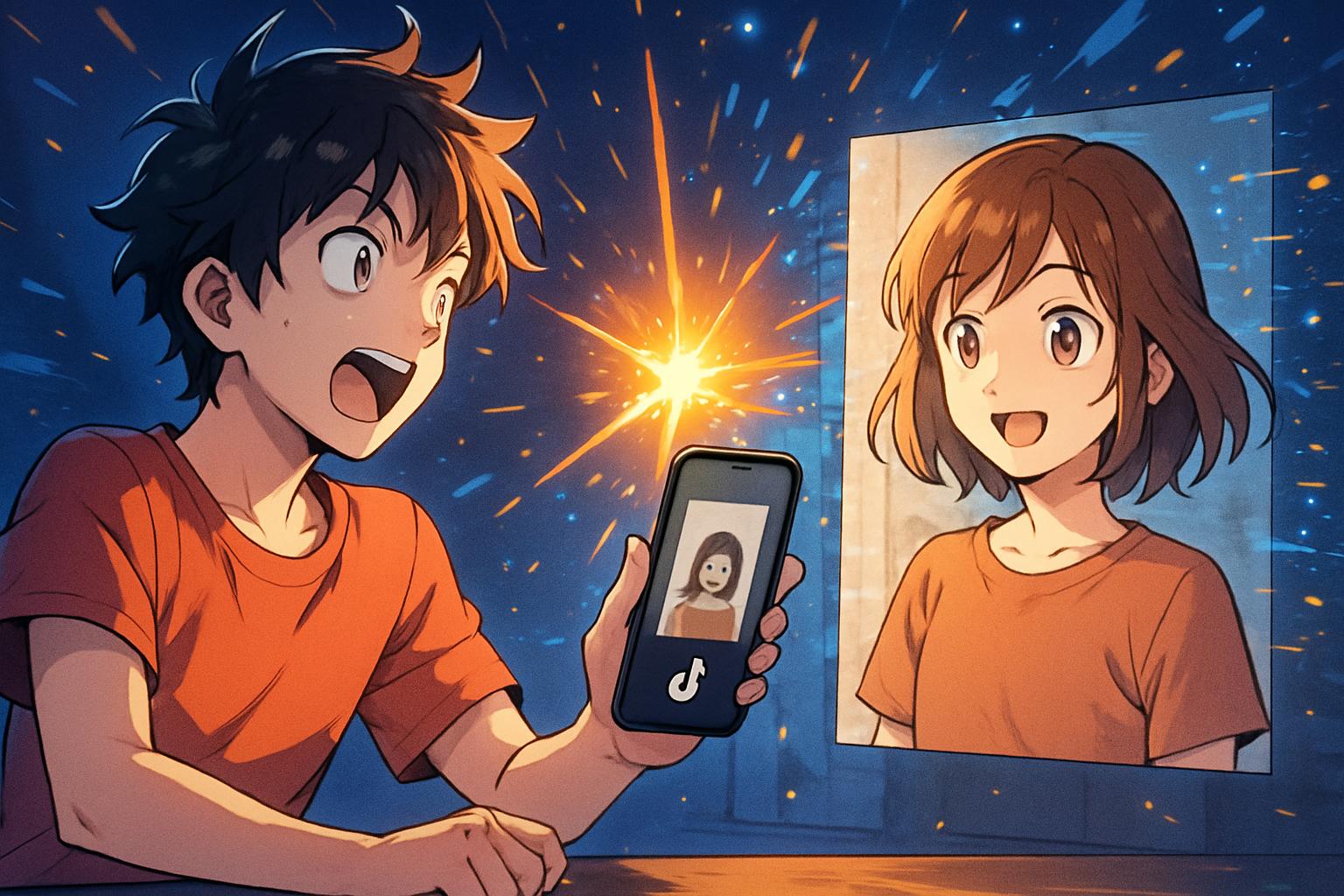TikTok has recently introduced an innovative feature named AI Alive, enabling users to transform their static photos into AI-generated videos. This tool marks a significant step forward for content creators on the platform, providing an avenue for them to elevate their storytelling capabilities and engage audiences in more dynamic ways. By allowing users to input a text prompt alongside their chosen image, TikTok aims to foster a new wave of creativity, challenging traditional notions of visual content.
Accessed through the app’s ‘story’ mode, users can simply select a photo, enter their desired action or scenario—such as “the dog rolls onto its back while the cat spins in place”—and watch as the AI crafts a short animated clip. The finished product can then be shared not only in stories but also within user profiles and discovery feeds, enhancing visibility and interaction.
Amid this push for innovation, TikTok's parent company, ByteDance, is keen to balance excitement with responsibility. The company asserts that every AI-generated video undergoes a stringent moderation process. Content is scrutinised at multiple stages: both the original image and the accompanying prompt are evaluated before creation, and a final check is performed prior to public release. This approach aims to mitigate the risk of inappropriate or misleading outputs, a critical concern in an age where misinformation can spread rapidly online. To support this transparency, all AI-generated content is marked clearly and supplemented with metadata in accordance with the C2PA standard, allowing for detection beyond TikTok's platform.
Nonetheless, users experimenting with AI Alive should be prepared for some creative quirks. While the technology is cutting-edge, it is not without its limitations. Users may encounter unusual discrepancies in the generated videos, such as anatomical distortions or mismatches between backgrounds, which can sometimes result in unexpected or humorous outcomes. This serves as a reminder of the inherent challenges faced by generative AI, where the gap between user intentions and final results occasionally manifests in peculiar ways.
The launch of AI Alive mirrors broader trends in the social media landscape where platforms are racing to incorporate advanced AI technologies. As demand for new and engaging content formats continues to rise, TikTok’s strategic investment in visual AI positions it to remain competitive among its peers. TikTok's commitment to moderating AI content while simultaneously pushing creative boundaries signifies an important evolution in how users can produce and share their narratives on the platform.
While AI Alive stands to redefine user interaction, it also helps illuminate the ongoing conversation around AI ethics in social media. As platforms like TikTok navigate the complexities of generative technologies, its efforts to ensure a safe environment for users will be crucial in maintaining trust and encouraging positive engagement. In this way, TikTok not only seeks to innovate but also to uphold a commitment to user safety and transparency, signalling that the path of AI integration in social media is one of cautious optimism.
As creators embrace these new tools, the interplay of innovation and responsibility will shape the next chapter in social media content creation. TikTok's introduction of AI Alive marks a notable step towards a future where AI enhances creativity while still prioritising user safety.
Reference Map
1: Paragraphs 1, 2, 4, 5
2: Paragraphs 1, 2, 4
3: Paragraphs 1, 2, 4
4: Paragraphs 1, 2, 4
5: Paragraphs 1, 2, 4
6: Paragraphs 1, 2, 4
7: Paragraphs 1, 2, 4
Source: Noah Wire Services
